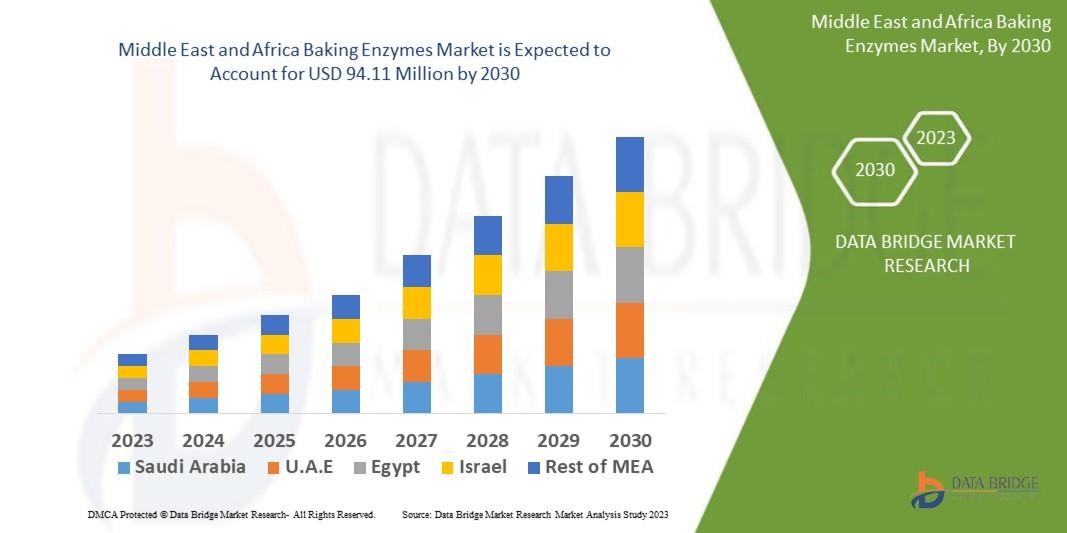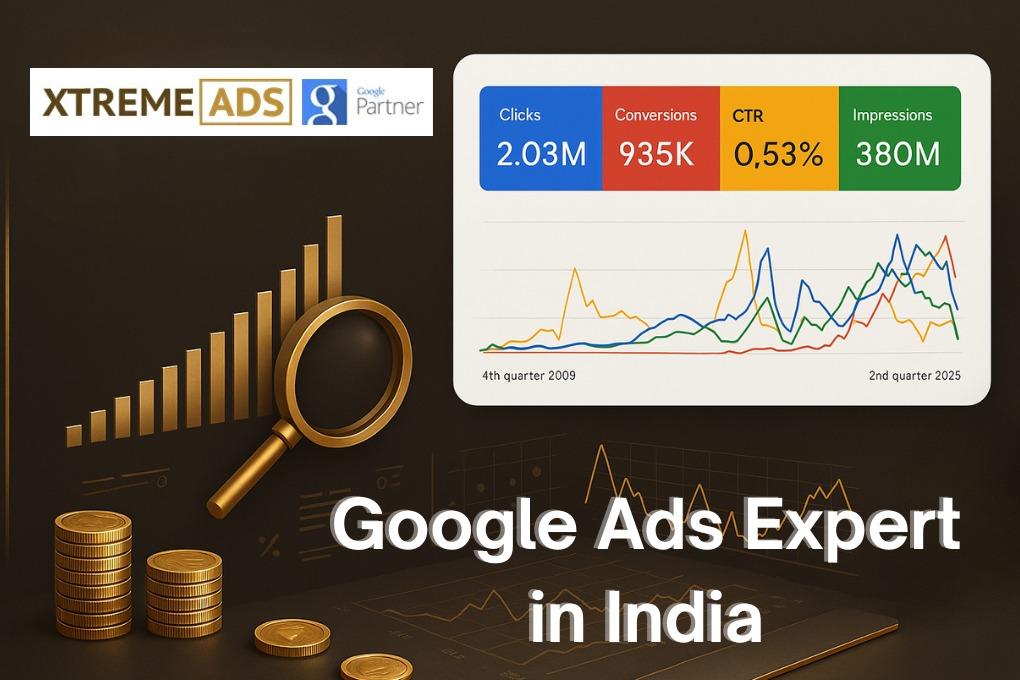Instagram vs YouTube: Best Platform for Influencer Marketing Solutions

In the evolving digital age, brands are constantly seeking the best ways to connect with their target audience. Influencer marketing solutions have emerged as a front-running strategy in this regard. But a crucial dilemma remains: Instagram or YouTube—which platform deserves your investment?
Both platforms offer unique advantages, massive user bases, and powerful tools for influencer engagement. However, choosing the right platform can make or break your campaign.
In this blog, we’ll compare Instagram and YouTube across multiple criteria to help you focus your influencer marketing efforts in the smartest way possible—with expert insights from Adomantra, India’s leading digital advertising company.
1. The Power of Influencer Marketing in 2025
Before diving into the platform showdown, let's understand why Influencer Marketing Solutions are such a big deal:
-
88% of consumers trust peer recommendations over traditional advertising.
-
61% of consumers interact with an influencer at least once a day.
-
ROI from influencer marketing is 11x higher than banner ads.
Whether it's unboxing videos on YouTube or product reveals on Instagram Stories, influencers drive real impact.
2. Instagram for Influencer Marketing Solutions
Instagram is the go-to app for visual storytelling. With over 2.35 billion active users as of 2025, it’s become a hub for influencers in fashion, beauty, travel, food, and fitness.
Advantages of Instagram:
a. Visual Appeal & Storytelling
Instagram is a visual-first platform. Whether it’s Reels, Stories, or Carousel posts, influencers can create aesthetic content that captures immediate attention.
b. Features for Engagement
From polls to Q&As, link stickers to collaborations, Instagram provides multiple tools to engage users. The shopping feature enables direct product discovery.
c. Micro-Influencer Dominance
Instagram is where micro and nano-influencers thrive. With 1k–100k followers, they offer high engagement rates and niche audience targeting.
d. Real-Time Trends
Instagram trends evolve quickly—Reels challenges, viral audio, and filter effects can skyrocket brand visibility overnight.
Limitations of Instagram:
-
Shorter content lifespan – Stories vanish in 24 hours unless saved as Highlights.
-
Algorithm changes often reduce organic reach.
-
Limited long-form content – Explaining a complex product or service is harder.
3. YouTube for Influencer Marketing Solutions
YouTube is the second most-visited site globally and has over 2.7 billion monthly users in 2025. It is ideal for long-form, high-impact content that builds trust.
Advantages of YouTube:
a. Long-Form Content
YouTube allows influencers to create tutorials, reviews, vlogs, and interviews—ideal for in-depth storytelling and product education.
b. Evergreen Value
Unlike Instagram, YouTube videos don’t disappear. With proper SEO, a video can continue driving traffic and conversions for years.
c. High Searchability
YouTube is part of Google, meaning influencer content can show up in search engine results, boosting visibility.
d. Monetization Benefits
Influencers are more incentivized to post quality content due to monetization through ads and affiliate links.
Limitations of YouTube:
-
High production cost – Requires more effort, editing, and equipment.
-
Slower content turnaround – Unlike Instagram Reels, YouTube videos need more planning and post-production.
-
Longer discovery time – Organic growth can be slower for new influencers.
4. Audience Comparison: Who's Watching?
Instagram Audience
-
Predominantly Gen Z and millennials
-
Urban, lifestyle-oriented
-
Interests: fashion, travel, wellness, food
YouTube Audience
-
Broader age range (13–55+)
-
Tier 2 & Tier 3 cities emerging rapidly
-
Interests: tech, education, gaming, finance, DIY
If your brand needs short-term hype, Instagram might work better. For depth and loyalty, YouTube wins.
5. Engagement Metrics: Who Performs Better?
| Metric | YouTube | |
|---|---|---|
| Engagement Rate | High (esp. Stories/Reels) | Moderate (Comments & Likes) |
| CTR (Click-Through Rate) | Moderate | High (via Description/Links) |
| Conversion Rate | Moderate-High | High |
Reels and Stories boost awareness quickly, while YouTube videos build long-term recall and drive action.
6. Influencer ROI: Where Do Brands Profit More?
-
Instagram ROI is usually high for campaigns needing fast reach, such as product launches and flash sales.
-
YouTube ROI grows over time. Influencers generate more detailed content that drives trust-based conversions.
A hybrid strategy often works best. For instance, a YouTuber creates a full review, and Instagram snippets are used for teaser and reach.
7. Budget Planning: Cost of Influencer Marketing
-
Nano-influencers: ₹2,000–₹5,000/post
-
Micro-influencers: ₹10,000–₹30,000/post
-
Celeb influencers: ₹1,00,000+
YouTube
-
Nano: ₹5,000–₹10,000/video
-
Micro: ₹30,000–₹70,000/video
-
Celeb: ₹2,00,000+
YouTube content is costlier but delivers more evergreen value.
8. Brand Fit: Platform-by-Industry Guide
| Industry | Best Platform |
|---|---|
| Fashion & Beauty | |
| Tech & Gadgets | YouTube |
| Fitness & Wellness | Both (Reels + Tutorials) |
| Finance & Education | YouTube |
| Travel & Hospitality | Instagram + YouTube |
9. Real-World Campaign Examples
Instagram Case: Nykaa
Nykaa uses Instagram influencers for product launches, using Reels and Stories. Their campaigns trend within hours, driving massive product visibility.
YouTube Case: CRED
CRED partners with YouTube influencers for quirky, in-depth storytelling—often sparking conversations that trend for weeks.
10. Platform Trends in 2025
-
Instagram: AI-generated filters, AR try-ons, influencer storefronts
-
YouTube: Shoppable videos, live commerce, interactive content (polls, chapters)
Adomantra closely monitors these trends and offers customized influencer marketing solutions tailored to evolving platform features.
11. Influencer Trust & Authenticity
YouTube often scores higher on trust because long-form videos reflect deeper product usage, while Instagram can sometimes feel curated or promotional.
However, Instagram Stories and Lives do give a raw, authentic touch.
12. Algorithm Behavior & Discoverability
-
Instagram: Based on engagement velocity. Hashtags, Reels audio trends matter.
-
YouTube: Based on watch time, CTR, and relevance. Keywords and thumbnails are critical.
With Adomantra’s AI-backed tools, we ensure your brand content gets maximum visibility on both platforms.
13. Influencer Partnerships: Platform-Specific Tips
For Instagram:
-
Use influencer collaborations (tagged posts)
-
Co-create Reels using trending audios
-
Leverage link stickers in Stories
For YouTube:
-
Invest in scripting and pre-roll product integration
-
Use pinned comments for promo codes
-
Co-host Giveaways or Q&A videos
14. What Adomantra Recommends
At Adomantra, our performance-first approach to influencer marketing solutions includes:
✅ Platform selection based on audience data
✅ Influencer vetting with engagement audits
✅ Creative guidance for both Instagram and YouTube
✅ Real-time campaign analytics
✅ A/B testing for best-performing content
Let us help you design campaigns that don’t just look good but convert.
15. Final Verdict: Instagram or YouTube?
Instagram is perfect if you want:
-
Instant visibility
-
Trend participation
-
Lower content cost
YouTube is ideal if you need:
-
Deep engagement
-
Long-lasting results
-
SEO & discoverability
But the best approach? Don’t choose. Combine both.
Use Instagram for discovery and YouTube for consideration and conversion. That’s where the future of influencer marketing solutions lies—and Adomantra is here to lead the way.
FAQs: Instagram vs YouTube Influencer Marketing
1. Which platform offers better ROI for influencer campaigns?
YouTube offers long-term ROI; Instagram offers faster reach. Combine both for best results.
2. Are micro-influencers more effective on Instagram or YouTube?
Instagram, due to high engagement and niche following.
3. What’s the ideal content type for YouTube influencer marketing?
Tutorials, reviews, and vlogs work best.
4. Can Instagram influencers drive website traffic?
Yes, via link stickers in Stories and profile links.
5. Which platform is better for fashion brands?
Instagram due to its visual-first format.
6. How do Instagram Reels impact influencer campaigns?
They boost reach quickly and tap into trending audio for virality.
7. What’s the average cost of a YouTube influencer video?
₹30,000–₹70,000 for mid-tier influencers.
8. Are YouTube influencer campaigns searchable on Google?
Yes, if the video is optimized with keywords.
9. How does Adomantra help with influencer campaigns?
We handle end-to-end strategy—from influencer selection to ROI tracking.
10. Do both platforms support product shopping?
Yes, Instagram has shoppable posts; YouTube supports shoppable links.
11. Which platform is better for tech product launches?
YouTube, due to in-depth product reviews.
12. What type of influencer marketing works best in Tier 2 cities?
YouTube, because of broader language accessibility and trust.
13. Are Instagram influencers suitable for B2B marketing?
Less effective. YouTube works better for explainer content in B2B.
14. Should brands invest in influencer storefronts?
Yes, especially on Instagram for seamless product discovery.
15. Is short-form content better than long-form?
Both serve different purposes. Use short-form for reach, long-form for trust.








